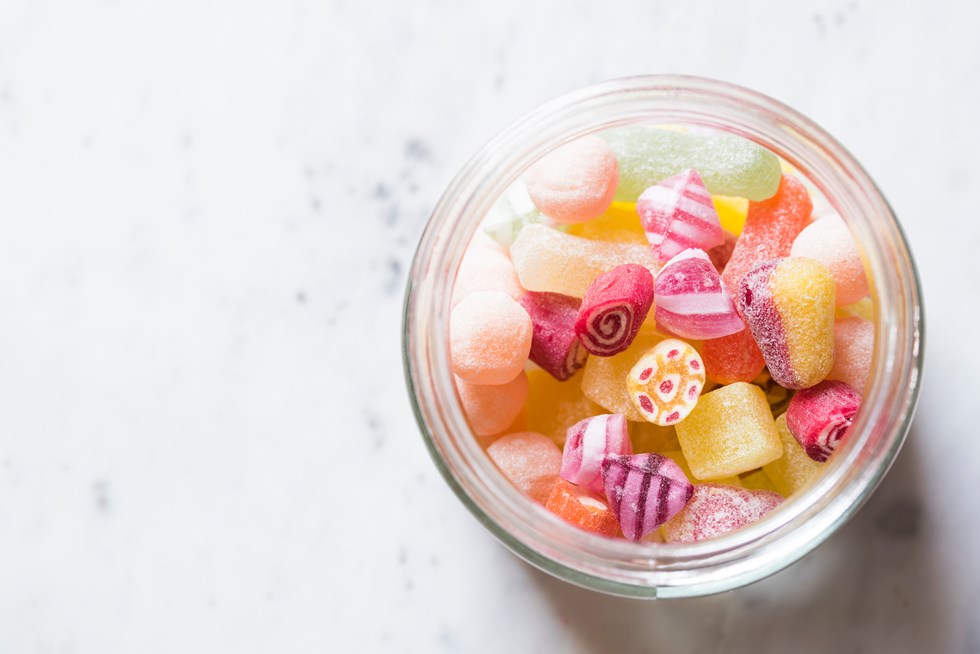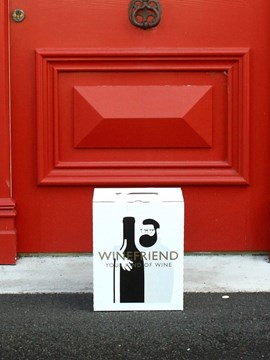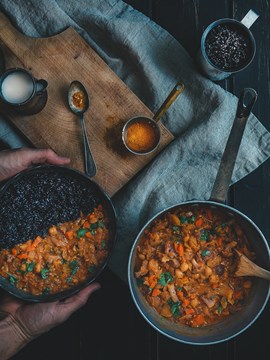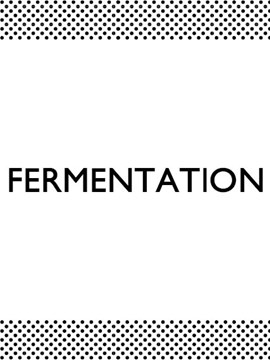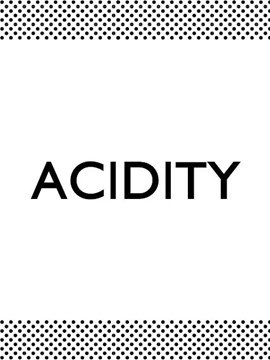Sugar, sugar, how you get so fly? Well, today we’re gonna tell you. From fortified to late-harvest, the wine kingdom is home to a few different types of sweet-talkin’-jive-walkin’ dessert wines — and in this edition of How Is It Made?, we’ll explore the ins and outs of these gorgeously honeyed treats. Read on for a sugar rush.
Fortified wines
There’s a clue in the name here. ‘Fortified’ means ‘made strong,’ which is exactly what happens to these wines. To create fortified vino (the most famous examples of which are Port, Madeira, and sherry), winemakers add a neutral spirit (usually brandy) to the juice either during or after fermentation.
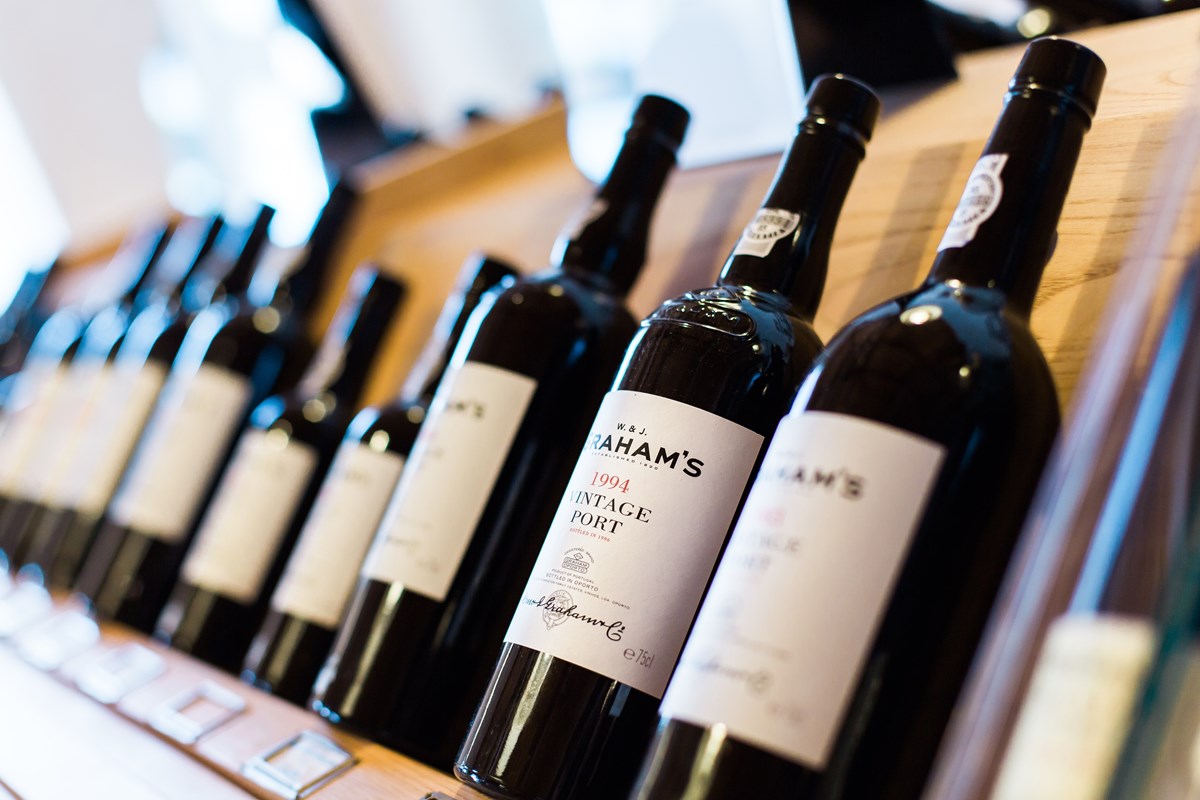
Photo by Bruno Martins on Unsplash
The exponentially higher alcohol content of the spirit pretty much murders the yeast, which halts fermentation in its tracks and hinders said yeast from converting all the sugar naturally present in the grapes into alcohol. And bada-bing-bada-boom, you’ve got a) a higher level of alcohol in the resulting wine thanks to the brandy and b) sweeter wine thanks to the higher residual sugar. Fortified, indeed!
Late-harvest and noble rot wines
Commonly made from riesling, gewürztraminer, viognier, chenin blanc, and sémillon, late-harvest wines are fairly self-explanatory. When grapes are allowed to hang on the vine much later than usual, the water in them evaporates and the fruit dries out — which in turn sends their sugar level into the stratosphere and causes the flavours to deepen and concentrate.
During fermentation, these inherently higher sugar levels then translate to naturally sweeter wines because there’s more sugar left over once the yeast kick the bucket.
Winemakers can either deliberately delay harvest to achieve this grape shriveling, or they can hope that the wine gods bestow a botrytis blessing upon their fruit. Botrytis, otherwise known as noble rot, is a fungus that creates the Beyoncés of the late-harvest world. By sucking up all the water inside the berry while both elevating its natural acidity and allowing it to retain its sugar, botrytis results in exquisitely sweet grapes that produce concentrated dessert-style wines.
The world-famous ones? Sauternes (French, and made from sauvignon blanc, sémillon, and muscadelle), Tokaji (toe-KAI) aszú (a celebrated dessert wine from Hungary), and Spätlese riesling (from Germany).
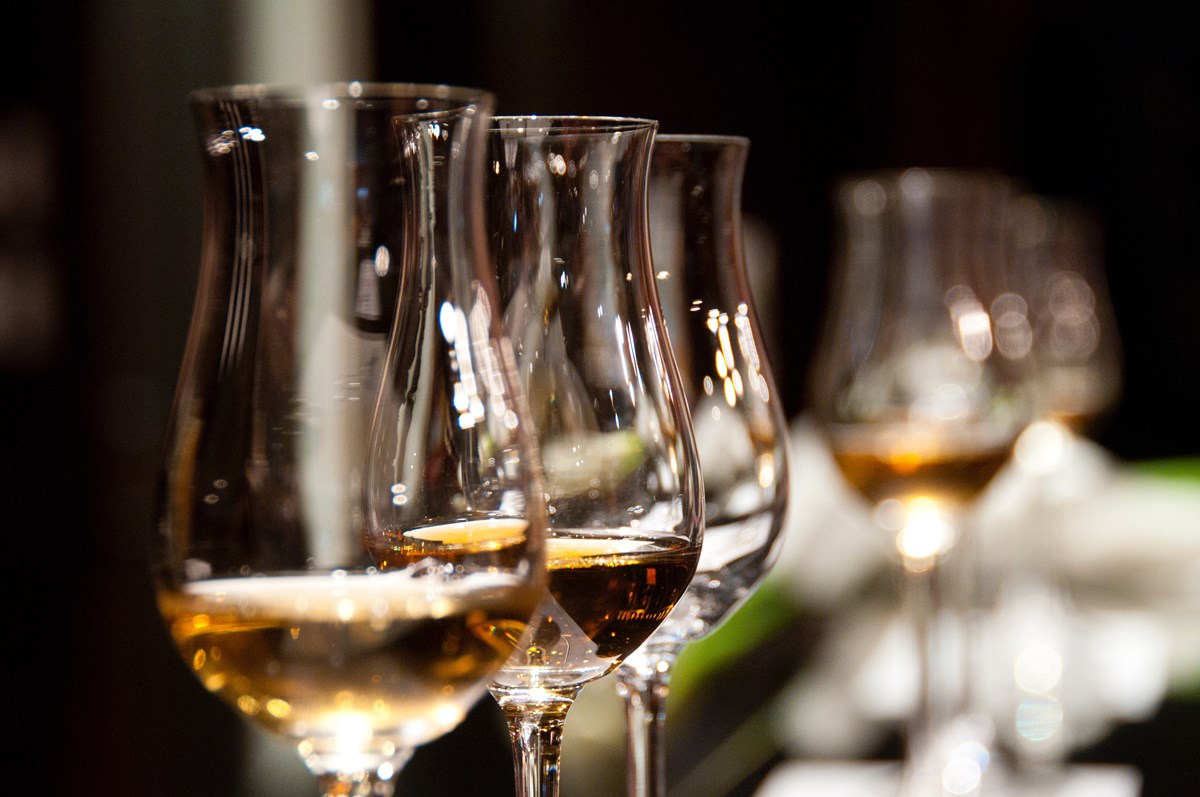
Photo by henry fournier on Unsplash
Ice wine
Ice, ice, baby! The latest of the late-harvest, ice wines are made by leaving the grapes on the vine into the winter and picking them when they’re quite literally frozen.
Because of the frigid conditions required to make them, ‘true’ ice wines are fairly rare; instead, many winemakers opt to actually create wintry conditions in the winery rather than wait for them to naturally materialise in the outdoors.
Most ice wines are rieslings, and a great number of them come from — wait for it — Canada.
Red dessert wines
Sweet reds are typically made with grapes that’ve been harvested and then left out to dry (either by laying them out on mats or hanging them from rafters), which shrinks the grapes and causes the flavours to concentrate in a similar fashion to late-harvest whites.
Usually crafted from naturally sweeter red varietals such as zinfandel, well-known examples of these yummy delights include Lambrusco, Valpolicella, and sparkling shiraz (all kinds of sweet, fizzy fabulosity here!).
Tried a dessert wine you love? Tell us and your fellow WineFriends on social. Oh, and join our family today!
